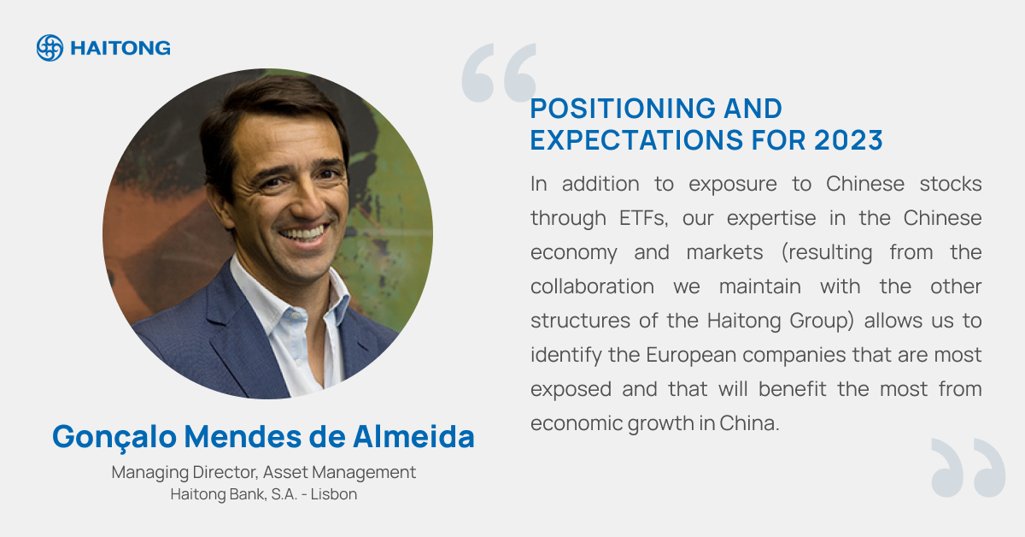The White Fleet III Haitong Aggressive, distributed by Haitong Bank, was the most profitable aggressive national allocation fund in 2022.
In this mixed fund, the European equity component weighs a minimum of 80%, therefore considered essentially a fund for exposure to European equity markets managed dynamically. "We are not always 100% invested in equities, we can invest in other asset classes, and we use liquidity as an instrument for risk reduction with some frequency and amplitude," says the manager, explaining that this was exactly what happened in 2022, as there were several periods in which they invested close to the lower limit and were therefore considerably less exposed to equities.
The manager believes that, in addition to directional risk management, the two main active decisions that contributed to this result was the team’s reading of the evolution of interest rates and how they anticipated the behaviour of commodity prices throughout 2022, particularly the price of oil..
Allocation and ESG considerations
According to Gonçalo Mendes de Almeida, the allocation in 2022 was divided into two periods: "the first comprises the first three quarters of the year and then the last quarter". The first nine months of the year were marked by the explosion of inflation and the assisted adjustment in several parts of the stock markets, "namely, those where valuations were excessive, especially in technology, where we were underinvested for most of the year," he adds. In this way, the team consistently had high levels of liquidity during this phase and the only overweight they maintained was in the energy sector.
However, in the last quarter, the team made an almost complete inflexion. Convinced that they were close to maximum inflation levels, they sought sectors and companies where, in the team's opinion, "the effects of consumer contraction and rising interest rates were exaggerated, as was the case in the retail and real estate sectors," he says.
In the strategy’s investment process, in addition to the financial analysis they do, they integrate sustainability risks, in that they consider ESG criteria to assess each investment’s risk profile and potential of each investment. "In recent years, financial markets have evolved towards penalising less sustainable companies and rewarding those with better ESG scores or those showing improvements according to these criteria," says the manager.
